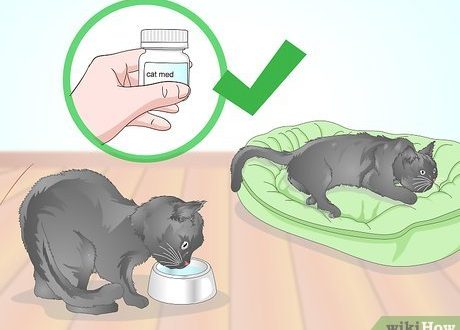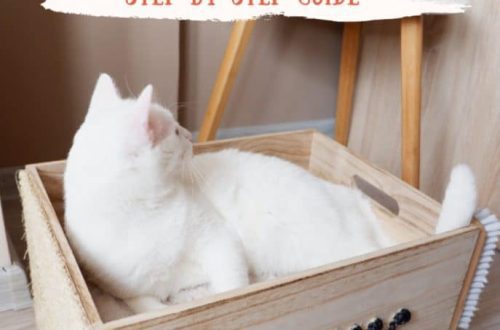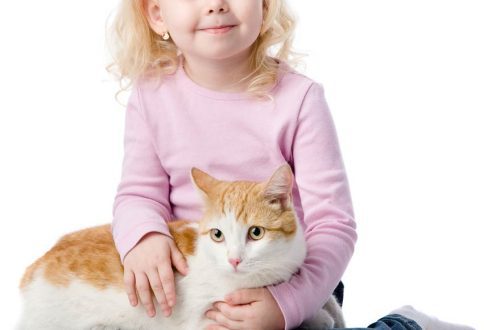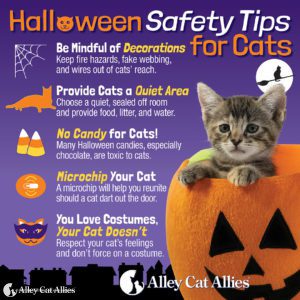
Cats and Sweets: A Safe Halloween for Your Cat
Your family may be expecting more joy from a crazy Halloween than nasty things. Sweet treats can be tempting for your furry family member too, but cats and sweets don’t mix. For the sake of her own safety, it is important to keep sweets away from her pet.
Contents
Dangerous food for cats
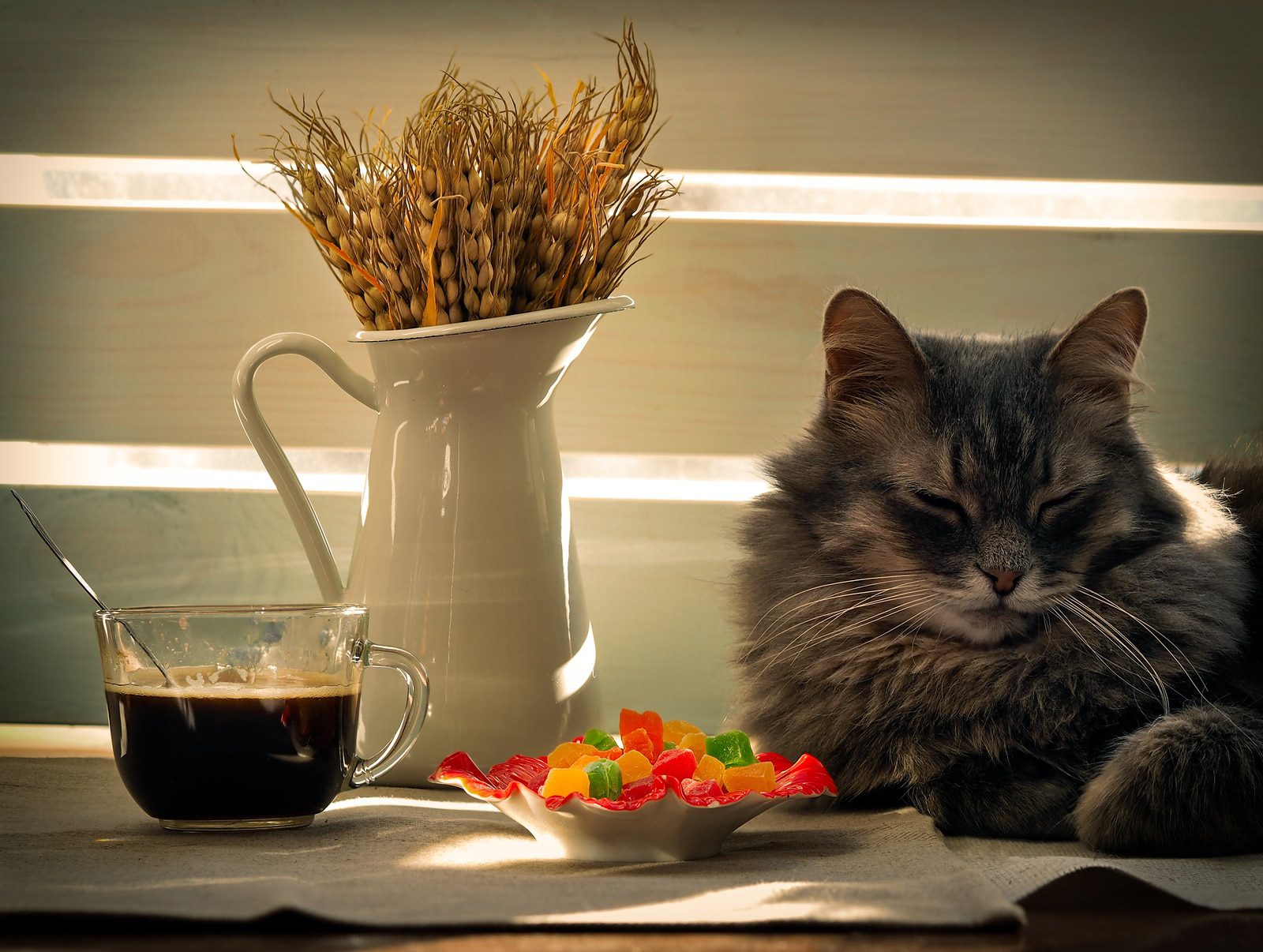
Some ingredients that make up sweets can cause stomach upset in the animal, while others are toxic and simply dangerous if swallowed. What can and what can’t cats eat? PetMD warns about what not to feed your pet and what foods contain ingredients that are undesirable for him:
Chocolate
It makes up most of the Halloween sweets. This may be the most delicious treat for a child, but it is very dangerous for your pet. Chocolate contains theobromine, which can cause serious reactions in a cat’s body, including cardiac arrhythmias, muscle tremors, and seizures. In addition, cats should avoid caffeine, another ingredient in chocolate that, along with increased heart rate and anxiety, can cause muscle tremors. Chocolate is strictly forbidden to give to a cat!
Sweets based on dairy products
Why can’t they be given to cats? They have lactose intolerance: eating sweets, which include dairy products, will not be fatal for them, but can cause indigestion and, as a result, vomiting and diarrhea.
Ksilit
This sweetener is used as a sweetener in many sugar-free sweets and chewing gums. In dogs, this ingredient is known to elevate insulin levels and can lead to severe drops in blood sugar, leading to liver failure. While there is currently no official evidence of such cases with cats, it is still better to play it safe and not give cats such sweets.
Raisins
There will always be someone who will slip you a box of raisins instead of sweets. What is considered healthy for your children may be deadly for your pets. Raisins, along with grapes, are known to cause kidney failure in dogs. Again, there are no known cases with cats so far because they are more picky eaters than dogs, but it’s best to be risk-averse and keep that food away from your cat, no matter what the cost.
Choking hazard
The consequence of a cat’s contact with sweets can be not only poisoning. As the Association for the Study of Cat Behavior warns, cats are actually less tempted by the sweets themselves than by their colorful, rustling wrapper, which can cause suffocation. If a cat swallows the wrapper without choking, it may develop a bowel obstruction. Discarded candy sticks can also lead to suffocation. Therefore, in order to protect your pet, it is better to store any sweets in a closed form in a safe place where the cat cannot reach, and also throw all the packaging in the trash in time.
If the cat ate sweets
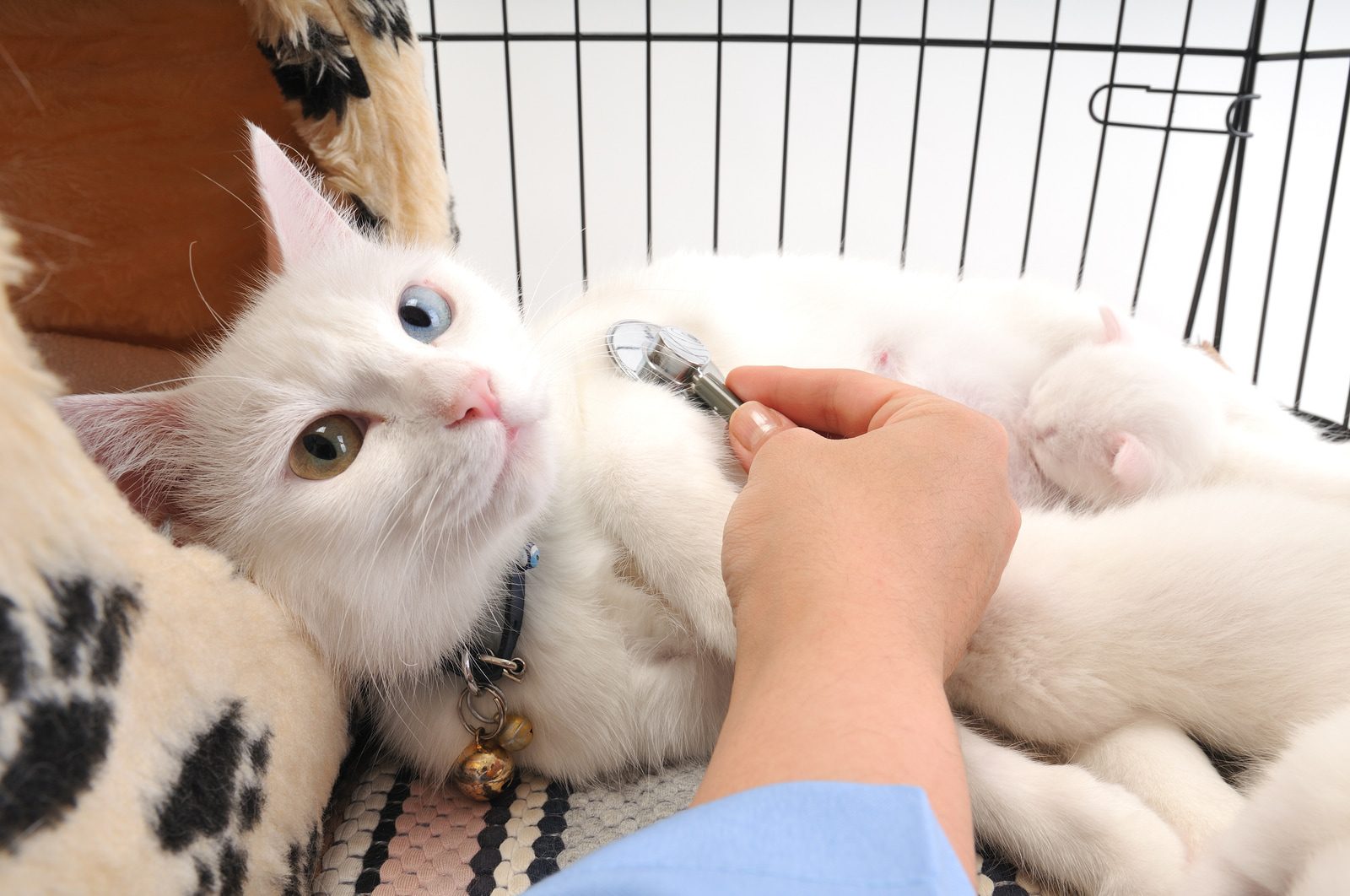
PetMD recommends taking the following steps if you think your cat may have eaten sweets:
If possible, determine what and how much she ate.
Call your veterinarian who will advise you on what to do. You will either have to watch your cat for symptoms and induce vomiting to clear her stomach, or take her to a clinic for treatment.
If you cannot get through to your veterinarian, call the nearest emergency veterinary service.
If you have young children, it’s a good idea to hide their treats so you can be sure they won’t share the treat with your cat or leave the packaging to play with. If you’re worried that your cat will feel left out on Halloween, grab some cat treats or food pellets and distract her from the treats. On Halloween, give your cat treats that will be useful to her, and leave human sweets to people.



